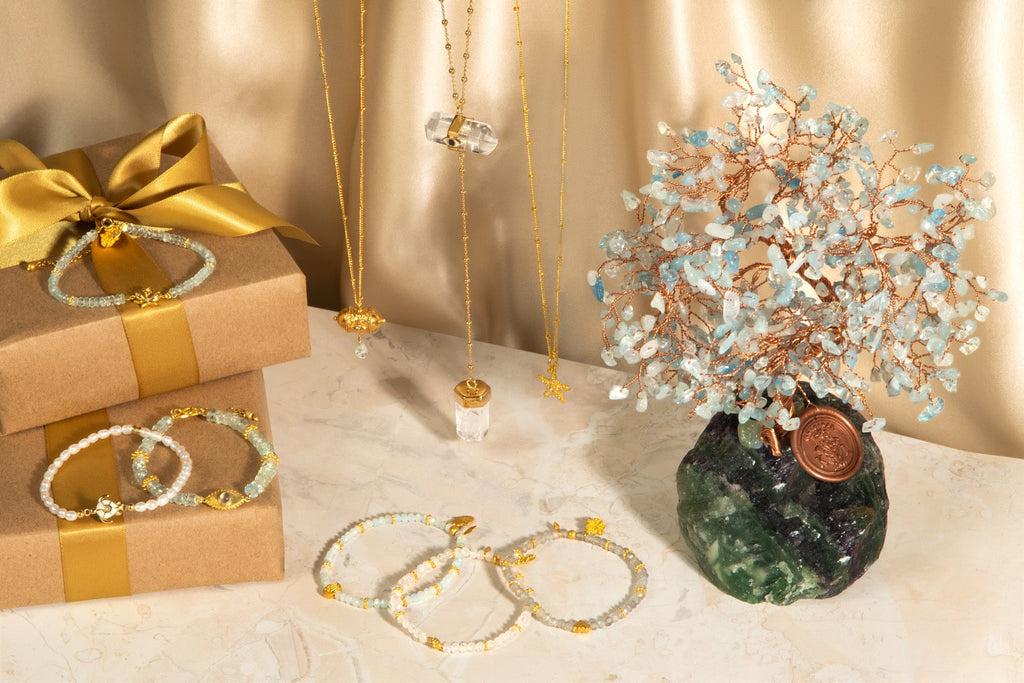
As beautiful as pearls are, they begin as a defense mechanism. Forming inside the shell of some mollusks to protect it from internal irritants or an exterior attack that could injury the mantle tissue.
The water pearl has been known as the ‘Queen of Gems’ for many, many, many years. At one time, only the rich owned pearls, but today you can find affordable versions were once the exclusive property of the rich and powerful. It would be difficult to state who discovered this gem, but experts have stated that it was an ancient group of people as they searched food along the shores.
It is known for sure that the Egyptians and the Romans held water pearls high regard. We can trace the use of them in decorative manners to the 5th Century BC. And even earlier, there is mention of the water pearl in Chinese records. Christian, Hindu, and Islamic traditions have long included water pearls in their traditions as well as a symbol of perfection and purity.
On the coast of India is the principal oyster beds, in the Persian Gulf and in the Red Sea. The Chinese pearls are found in lakes and rivers and the Japanese pearls are found in salt water. Other pearl beds were discovered in Central America and South American as Europe expanded to the New World. European royal courts were known for their use of water pearl beds were discovered in the waters of Central and South America, pearls were most popular in the royal courts of Europe. Laws were passed in some countries that forbid anyone other than nobility to own or wear them.
Popularity Costs
Overfishing for water pearls would deplete the American oyster population by the 1800s. This would make them even more valuable and as such, more expensive. The price of water pearls would make it so that only the rich could afford them.
By the early 1900s, with the use of a technique created by a Japanese noodle maker, a pearl production revolution would occur. Kokichi Mikimoto created an irritant that was injected into the oyster that would stimulate the nacre secretion that forms the pearl. This began an era of cultured pearls and after many decades, the techniques would be perfected.
Rome conquered territories for this gem and Emperor Caligula decorated his horse with a pearl necklace. History tells us that General Vitellius of Rome paid for a complete military campaign from proceeds gained by selling one pearl earring of his mother.











